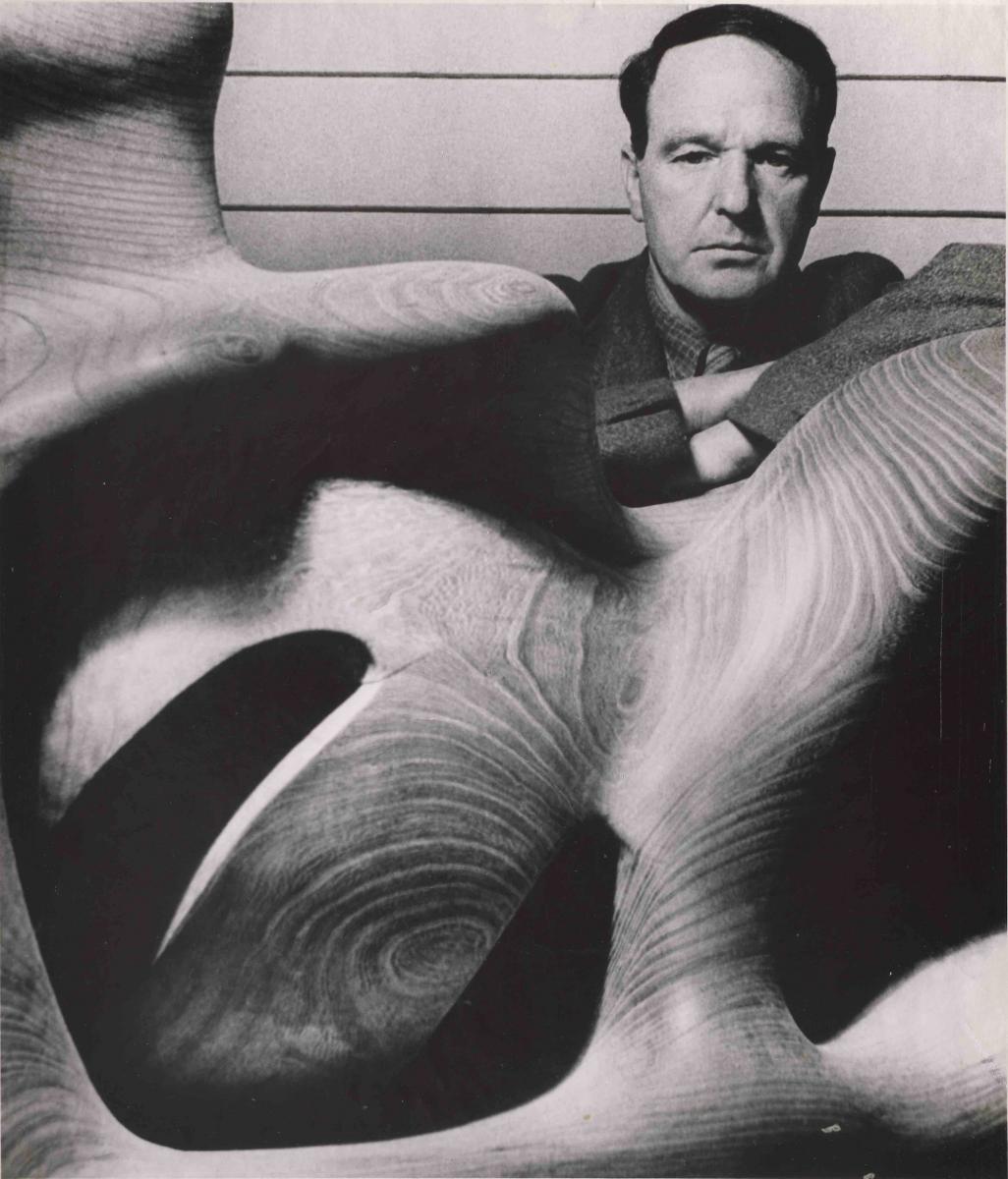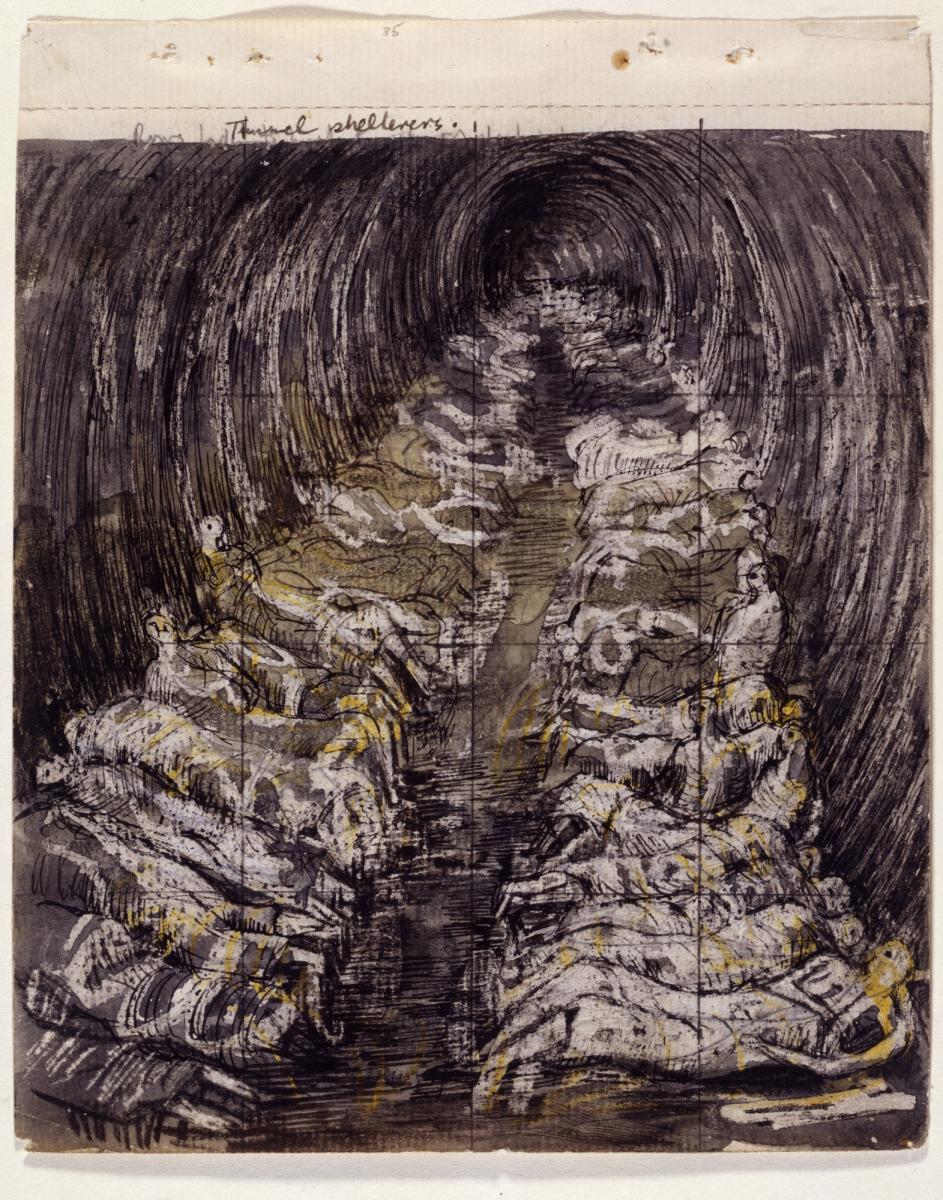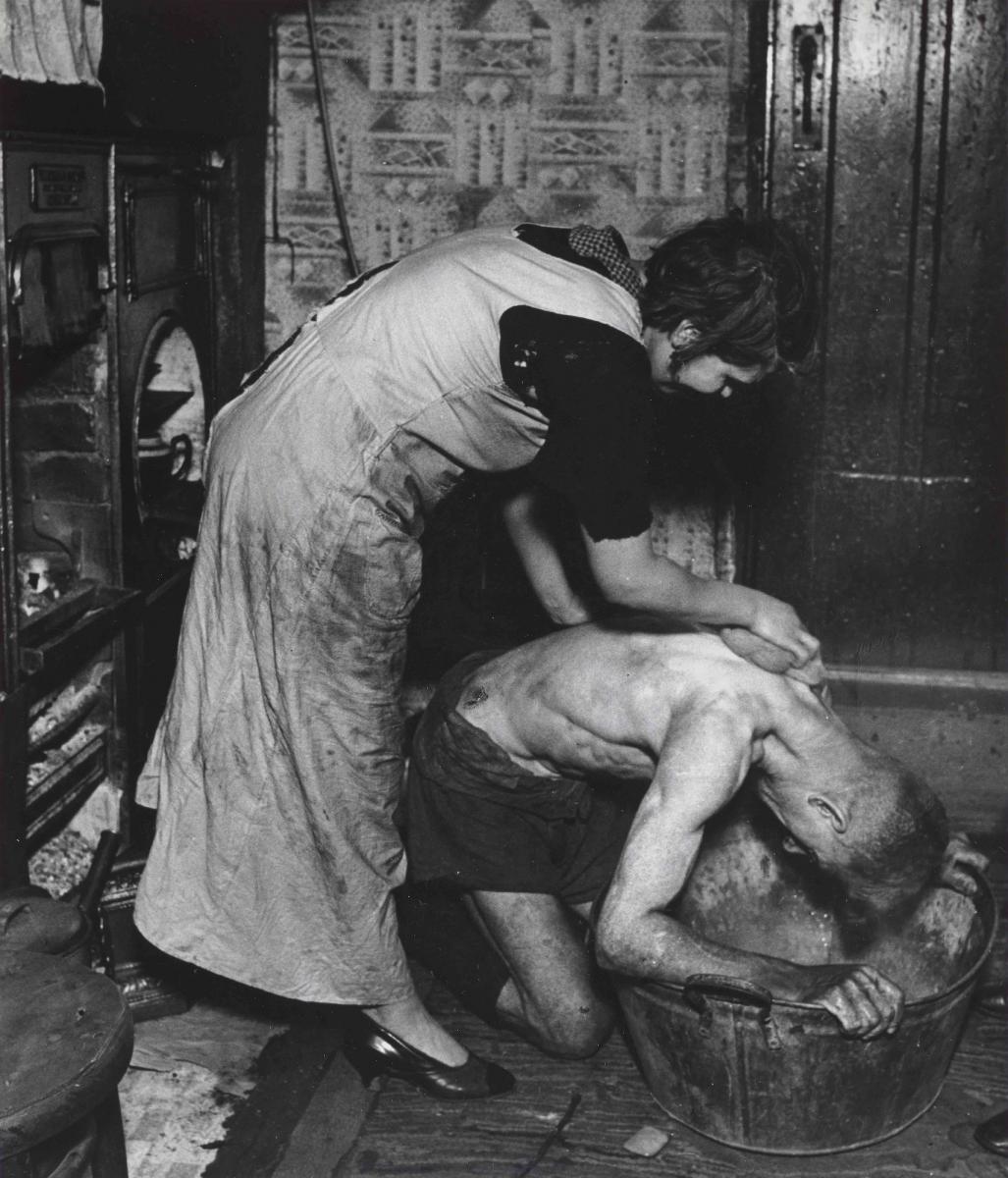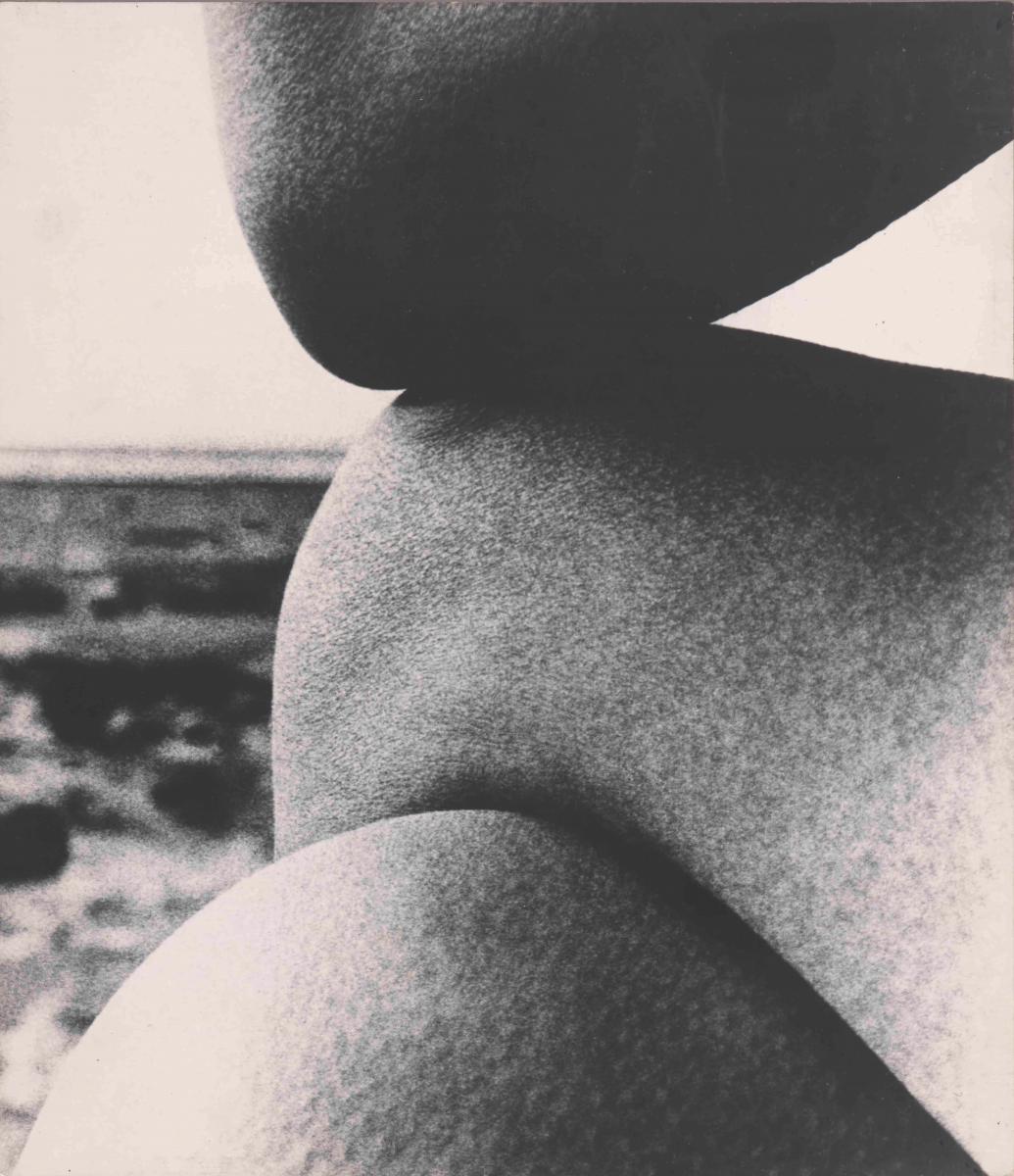This wonderful Cornish workshop and museum is dedicated to the legacy of studio pottery trailblazer Bernard Leach
Discover Bill Brandt and Henry Moore’s intertwining art
Discover Bill Brandt and Henry Moore’s intertwining art
18 Feb 2020
As a new exhibition opens at The Hepworth Wakefield, we take a look at the intertwining careers of the pioneering Modernist sculptor Henry Moore and the influential photographer Bill Brandt, whose practice embraced both photojournalism and fine art.
 Bill Brandt, Henry Moore, 1946. James Hyman Gallery, London. © Bill Brandt / Bill Brandt Archive Ltd. Photograph by Richard Caspole
Bill Brandt, Henry Moore, 1946. James Hyman Gallery, London. © Bill Brandt / Bill Brandt Archive Ltd. Photograph by Richard Caspole
Bill Brandt and Henry Moore first met when Brandt was invited to take a portrait of the famed Modernist sculptor for Lilliput magazine, a title that was known for innovative photography features. However, this was more than a conventional portrait commission. Alongside the scene in Moore’s studio, the publication presented a 10-page spread showcasing both artists’ formidable images of civilians sheltering in the London Underground during the Blitz.
 Henry Moore Study for 'Tube Shelter Perspective: The Liverpool Street Extension' 1940-41. Photo: Henry Moore Archive Reproduced by permission of The Henry Moore Foundation
Henry Moore Study for 'Tube Shelter Perspective: The Liverpool Street Extension' 1940-41. Photo: Henry Moore Archive Reproduced by permission of The Henry Moore Foundation
While Brandt’s stark black-and-white photographs captured the reality of the stifled, cramped conditions so many faced, Moore’s sketches presented semi-skeletal figures that spoke of the palpable terror and exhaustion felt within those tunnels.
This was but one subject of interest shared by the artists, as proved by a new exhibition at The Hepworth Wakefield. It brings together sculptures, photographs, sketches and collages, demonstrating how their interdisciplinary practices intersected over the years.
 Bill Brandt, Coal-Miner’s Bath, Chester-le- Street, Durham, 1937. Gelatin silver print, Edwynn Houk Gallery, New York. © Bill Brandt / Bill Brandt Archive Ltd. Photo: Yale Center for British Art
Bill Brandt, Coal-Miner’s Bath, Chester-le- Street, Durham, 1937. Gelatin silver print, Edwynn Houk Gallery, New York. © Bill Brandt / Bill Brandt Archive Ltd. Photo: Yale Center for British Art
Beyond the ‘shelter’ images, the artists looked to the gruelling conditions of Britain’s mining industry, where Brandt turned his lens not only to life in the pit, but also to poverty-stricken domestic situations. Meanwhile, Moore used pencil, wax crayon and ink to portray oppressive layers of dust. However, his sketches take a more celebratory view of the labour and physical endurance of workers, as opposed to the harsher realities of an industry in decline.
 Bill Brandt, Nude, East Sussex Coast. Gelatin silver print, 1960. Bill Brandt Archive, London, © Bill Brandt / Bill Brandt Archive Ltd. Photograph by Richard Caspole
Bill Brandt, Nude, East Sussex Coast. Gelatin silver print, 1960. Bill Brandt Archive, London, © Bill Brandt / Bill Brandt Archive Ltd. Photograph by Richard Caspole
As well as depicting urban life, the pair also shared an ongoing preoccupation with the British landscape and its relationship to bodily forms. This is apparent not only in the pair’s studies of Stonehenge, but also in Brandt’s closely cropped images of body parts on the beaches of East Sussex and Normandy. These semi-abstract photos emulate curvaceous, coastal rock formations, which seem to blend humanity and nature. The same sweeping, organic lines are crucial to Moore’s reclining figures, which were cast in bronze and carved from stone.
 Henry Moore, Two Piece Reclining Figure, No.4 1961. Bronze Photograph Jerry Hardman-Jones Reproduced by permission of The Henry Moore Foundation
Henry Moore, Two Piece Reclining Figure, No.4 1961. Bronze Photograph Jerry Hardman-Jones Reproduced by permission of The Henry Moore Foundation
Holly Black is The Arts Society’s Digital Editor
SEE
Bill Brandt/Henry Moore is at The Hepworth Wakefield until 31 May. The exhibition is organised in partnership with the Yale Center for British Art.
About the Author
Holly Black
JOIN OUR MAILING LIST
Become an instant expert!
Find out more about the arts by becoming a Supporter of The Arts Society.
For just £20 a year you will receive invitations to exclusive member events and courses, special offers and concessions, our regular newsletter and our beautiful arts magazine, full of news, views, events and artist profiles.
FIND YOUR NEAREST SOCIETY
MORE FEATURES
Ever wanted to write a crime novel? As Britain’s annual crime writing festival opens, we uncover some top leads
It’s just 10 days until the Summer Olympic Games open in Paris. To mark the moment, Simon Inglis reveals how art and design play a key part in this, the world’s most spectacular multi-sport competition



